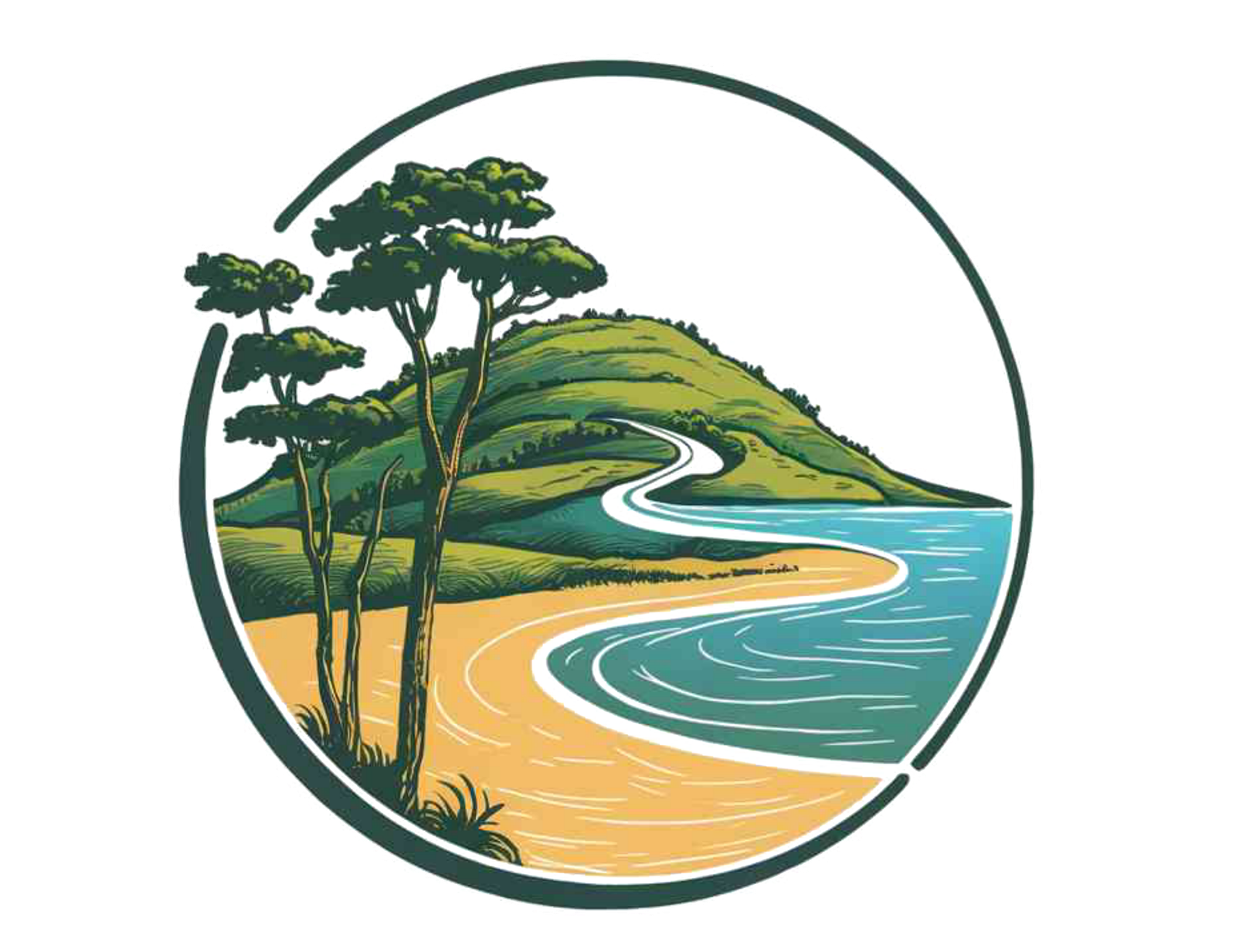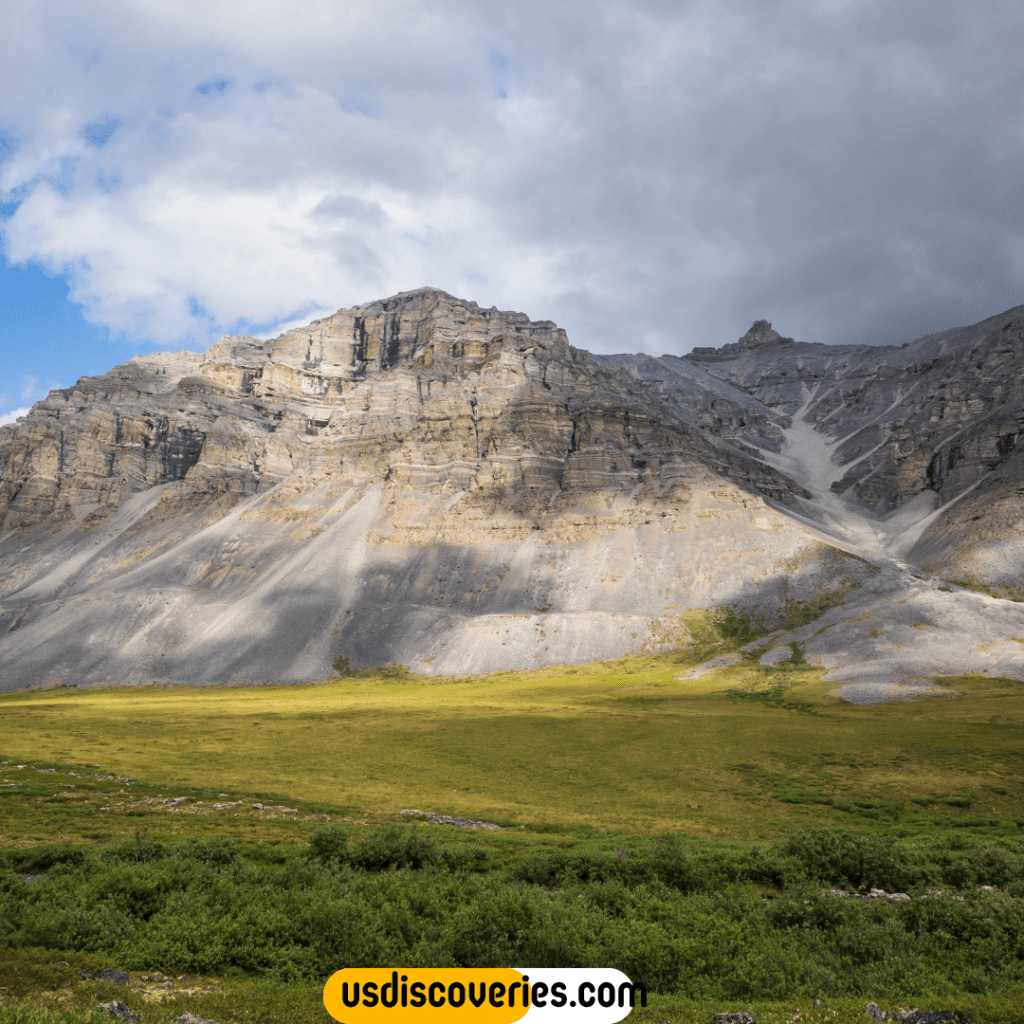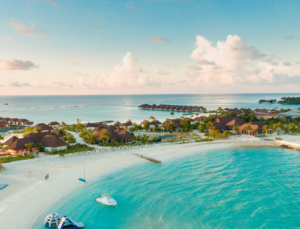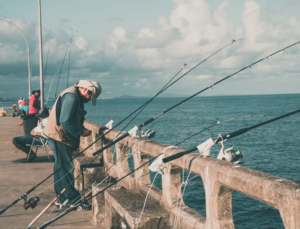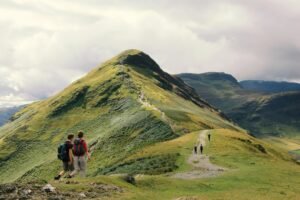Gates of the Arctic National Park

Gates of the Arctic National Park, located in northern Alaska, is a vast and pristine wilderness area that offers an unparalleled experience for nature enthusiasts and adventurers.
Covering over 8.4 million acres, it is the second largest national park in the United States and remains largely untouched by human development. This remote park, north of the Arctic Circle, provides a unique opportunity to explore an unspoiled landscape of rugged mountains, expansive valleys, and diverse wildlife.
Why a Traveler Should Visit This Place
Gates of the Arctic National Park is a must-visit destination for those seeking an authentic wilderness experience. The park’s remote location and lack of infrastructure ensure a true adventure, far from the crowds and conveniences of more accessible parks.
Visitors can immerse themselves in a landscape that has remained unchanged for millennia, offering a rare glimpse into the natural world as it once was. Whether you are an avid backpacker, a wildlife enthusiast, or simply someone looking to escape the modern world, Gates of the Arctic provides a one-of-a-kind adventure.
Best time to visit gates of the arctic national park
This park offers unique beauty in every season. Here’s a glimpse of this beauty:

Spring
Spring in the Gates of the Arctic is a time of awakening. As the snow melts, the park’s flora begins to bloom, and migratory birds return, creating a vibrant and dynamic environment.
Summer
Summer offers the best weather for exploration, with long daylight hours and milder temperatures. The park’s landscapes are lush and green, and the rivers and streams are full, making it an ideal time for hiking and kayaking.
Fall
Fall brings a stunning transformation as the tundra changes color, creating a patchwork of reds, oranges, and yellows. Wildlife is more active, preparing for the harsh winter ahead, and the cooler temperatures make for comfortable hiking conditions. Personally, I love this season most for traveling to this place.
Winter
Winter in the Gates of the Arctic is a time of stark beauty and extreme conditions. The park is blanketed in snow, and the Northern Lights often dance across the sky, providing a mesmerizing spectacle for those who brave the cold. For those enchanted by winter landscapes, check out our guide to the Best National Parks to Visit in Winter, which offers a variety of snowy destinations and northern lights viewing spots.
Must See Attractions gates of the arctic national park

Are you searching for the stunning beauty of nature? This park is the perfect match, according to your search. Definitely, you should go to these places to explore nature’s splendor:
Arrigetch Peaks
These dramatic granite spires are a must-see for climbers and hikers. The peaks rise sharply from the surrounding landscape, offering stunning views and challenging terrain.
Aniakchak River
This river provides an excellent route for adventurous kayakers and rafters. The journey along the Aniakchak offers pristine waters, scenic views, and opportunities for wildlife sightings.
Walker Lake
Nestled in the Brooks Range, Walker Lake is a serene and picturesque spot perfect for fishing, kayaking, and enjoying the tranquil beauty of the park. It’s a popular place for photography.
Alatna River Valley
The Alatna River Valley is a beautiful area known for its diverse landscapes and abundant wildlife. It’s a great spot for hiking, camping, and photography.
Caribou Migration
Witnessing the caribou migration is a highlight for many visitors. Thousands of caribou travel through the park, providing a spectacular natural event.
Actually, the park is a true symbol of nature. Just like these places, the full park is a must-see attraction for you. Another remarkable place to witness caribou migration and experience Alaska’s wilderness is Kobuk Valley National Park, known for its unique sand dunes and pristine environment. It’s a perfect destination for those who enjoy the wild beauty of Gates of the Arctic.
Outdoor Activities that you can enjoy
Gates of the Arctic National Park offers a wide range of outdoor activities for the intrepid traveler.
Hiking and Backpacking
With no trails or established routes, hiking in Gates of the Arctic is a true wilderness experience. Navigating the rugged terrain requires skill and preparation, but the rewards are immense.
Wildlife Viewing
The park is home to a diverse array of wildlife, including grizzly bears, wolves, caribou, and Dall sheep. Bird watchers will also find a variety of species, particularly during the spring and summer months.
Fishing
The park’s rivers and lakes are teeming with fish, making it a great destination for anglers. Arctic grayling and northern pike are among the species commonly found. It’s a great place for fishing.
Kayaking and Rafting
The park’s rivers, such as the Alatna and the Noatak, offer challenging and scenic routes for kayaking and rafting. These waterways provide a unique perspective on the park’s landscape.
Camping
Camping in the Gates of the Arctic is an unparalleled experience. With no designated campsites, you can truly immerse yourself in the wilderness, camping wherever you find a suitable spot.
Besides these, you can enjoy yourselves by arranging picnics or doing photography.
How to get to gates of the arctic national park
Reaching the Gates of the Arctic National Park requires careful planning due to its remote location.
By Air
The most common way to access the park is by chartered flight from Fairbanks to Bettles or Anaktuvuk Pass. From there, bush planes can take you into the park.
By Foot or Boat
For the truly adventurous, it is possible to hike or paddle into the park from nearby villages, but this requires extensive planning and preparation.
For those drawn to Alaska’s remote wilderness parks, Wrangell-St. Elias National Park offers similarly vast, untouched landscapes. Both parks are ideal for those seeking true solitude in nature.
Accommodation Facilities
Given the park’s remote nature, there are no established accommodations within Gates of the Arctic. Visitors must be self-sufficient and prepared for backcountry camping.
Accommodation Tips
Pack Wisely:
Ensure you have all the necessary gear for backcountry camping, including a sturdy tent, sleeping bag, and cooking equipment.
Bear Safety:
Carry bear-proof food containers and follow all safety guidelines to minimize the risk of bear encounters.
Weather Preparation:
Be prepared for rapidly changing weather conditions, even in the summer. Pack clothing for both warm and cold temperatures.
Navigation Tools:
Bring a reliable GPS device and topographic maps. Cell phone service is nonexistent, and the terrain can be challenging to navigate.
How to access gates of the arctic national park
- There are no entrance fees for Gates of the Arctic National Park, making it one of the most affordable parks to visit.
- Transportation costs can be significant due to its remote location.
- Charter flight prices vary depending on the service provider and distance.
- Expect to pay several hundred dollars for flights from Fairbanks to Bettles or Anaktuvuk Pass.
- Backcountry camping is free, but you must be prepared to be self-sufficient.
Travel Tips for the Gates of the Arctic National Park
- Thoroughly research and plan your trip. Understand the challenges of traveling in such a remote and wild environment.
- Carry a first aid kit and a satellite phone or emergency beacon, as help is not readily available.
- Maintain a safe distance from all wildlife and follow guidelines to minimize your impact on their natural behaviors.
- Preserve the pristine nature of the park by packing out all trash and minimizing your environmental footprint.
- Check the current conditions and weather forecasts before your trip. Conditions in the Arctic can change rapidly.
Park Overview
Established in 1980, Gates of the Arctic National Park covers over 8.4 million acres of untouched wilderness. It is located entirely above the Arctic Circle and encompasses part of the Brooks Range. It offers a stunning array of landscapes, from rugged mountains to lush valleys and pristine rivers. The park is named for the two towering peaks, Frigid Crags and Boreal Mountain, which mark the northern entrance.
Pros and Cons
Pros
- Opportunity unparalleled wilderness experience.
- Offers stunning and diverse landscapes.
- Having abundant wildlife and unique ecosystems.
- No entrance fees here.
Cons
- The park is extremely remote and challenging to access
- No established facilities or accommodations are available.
- Requires significant planning and preparation for getting here.
- Harsh weather conditions, particularly in winter, need to be considered.
How big is the gates of the arctic national park
Gates of the Arctic National Park, located in Alaska, USA, is vast and awe-inspiring, covering around 8.4 million acres roughly the size of Switzerland! This immense park, untouched and wild, is the second-largest national park in the United States. Nestled entirely above the Arctic Circle, it offers an unspoiled wilderness with no roads, trails, or developed facilities, making it a perfect destination for true adventurers. The park’s size allows for diverse landscapes, from rugged mountains to serene rivers.
Facts about gates of the arctic national park
- Pure Wilderness: No roads, no trails – the ultimate remote escape.
- Vast Size: Covers 8.4 million acres above the Arctic Circle.
- Diverse Wildlife: Spot grizzlies, caribou, wolves, and moose in their natural habitat.
- Indigenous Heritage: Home to Iñupiat and Athabascan cultures for thousands of years.
- Natural Light Show: Midnight sun in summer, northern lights in winter.
- Majestic Brooks Range: Towering peaks over 7,000 feet, breathtaking Arctic views.
- Adventurer’s Paradise: Ideal for expert backpacking, rafting, and solitude.
- Pristine and Protected: Among the last untouched U.S. wilderness areas.
Gates of the arctic national park visitor center
When I visited Gates of the Arctic National Park, the visitor centers were key for a safe, well-prepared experience. Here’s a quick overview:
Fairbanks Alaska Public Lands Information Center – Open all year. Great for general park info and survival tips.
Arctic Interagency Visitor Center in Coldfoot – Summer-only. Staff offer recent weather and wildlife advice, crucial for safety.
Bettles Ranger Station – Open in summer. Perfect for maps and current trail updates.
Anaktuvuk Pass Ranger Station – Summer-only. Shares unique cultural insights on local Native communities.
Each center helped me understand the park’s challenges and beauty. Highly recommend starting your visit here.
Animals in gates of the arctic national park
On my visit to Gates of the Arctic, I saw so much amazing wildlife. Huge caribou herds were moving across the land, and I spotted a grizzly bear by the river—it was incredible! Up in the mountains, Dall sheep climbed the rocks, and a moose stood calmly by a lake. I even heard wolves howling in the distance. Plus, there were so many birds everywhere—golden eagles and many others filling the sky. Seeing all these animals in their natural, wild home was an experience I’ll never forget.
Conclusion
Gates of the Arctic National Park is a truly unique destination that offers an unparalleled wilderness experience. Its remote location, pristine landscapes, and diverse wildlife make it a dream destination for adventure seekers and nature lovers. While the challenges of accessing and navigating the park are significant, the rewards are immense.
If you’re willing to undertake the journey, Gates of the Arctic promises an unforgettable adventure in one of the most untouched and beautiful regions on Earth. Plan your trip today and discover the wild beauty of this incredible national park.
